
A multimillion-dollar tank can be halted in its tracks by a row of concrete pyramids that were first constructed in the 1930s. This is not a lesson from history books, but the reality on Ukraine’s modern-day battlegrounds, where the humble “dragon’s teeth,” a World War II remnant, are becoming a turning point in resistance to Russian armor attacks. The rebirth of these defensive walls, coupled with a next generation of drone warfare, is revolutionizing both the technology and the strategy of war in Eastern Europe.
The conflict has reunited the old and the new: the stone ramparts that used to stretch along the Siegfried Line now hold up against Russian tanks, and swarms of drones hunt down cars and sever supply routes. For defense planners, war technology enthusiasts, and war historians, the Ukrainian battlefield is a laboratory of living history where the engineering of history meets the edge of unmanned warfare. Below are nine key observations on how these adaptations and innovations are reshaping the war.

1. Dragon’s Teeth: WWII Engineering on 21st-Century Frontlines
The legend dragon’s teeth pyramid concrete barriers first were employed during WWII to impede tanks along the German Siegfried Line. Today, Ukraine has constructed nearly 10,000 of them in Kyiv Oblast as part of a massive defense initiative, Governor Ruslan Kravchenko reported (nearly 10,000 concrete pyramids). Their durability lies in their simplicity: tanks trying to force their way through risk immobilization or destruction, forcing aggressors to take another route or face fierce defensive fire.
Unlike high-tech weapons, these obstructions are low-maintenance and deployable in a moment’s notice. Nevertheless, their greatest value lies in being used in conjunction with vigilant defenders willing to take advantage of stalled enemy tanks.+
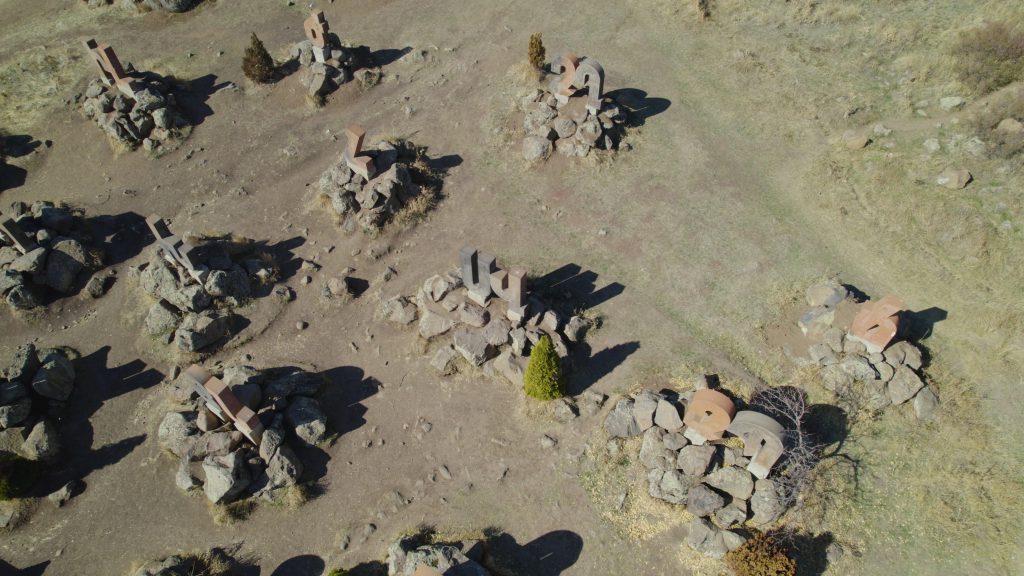
2. The Kurakhove Battle: Dragon’s Teeth in Action
In October 2024, Ukrainian paratroopers of the 46th Separate Airmobile Brigade filmed Russian armored convoy being stopped by a line of dragon’s teeth at Kurakhove (dragon’s teeth slowed Russian armored cars). Russian infantry fighting vehicles and tanks were slowed by artillery fire and were forced to attempt to break the barrier with direct cannon fire. This slowdown was fatal: Ukrainian FPV drones swooped down on stranded cars and incinerated a large portion of the convoy.
The clip illustrates the key point: physical obstacles alone are insufficient. It is the integration of fortifications and adaptive firepower guns, drones, and anti-tank units that renders a fixed defense a killing trap.

3. The Fortification Science: Placement and Depth Are Important
Military engineers have long understood that defensive barriers are no stronger than their design and planning. To be most effective, it is recommended that dragon’s teeth must be half-buried and placed in a number of rows, supported by anti-tank ditches and minefields (emplaced in six rows, not two). In Ukraine, insufficient time and resources have sometimes meant that teeth are on the surface, but even these have proved to be troublesome when camouflaged by covering troops.
As one commentary observes, “If the fortifications are not supplemented by troops to inflict damage on the enemy, the ‘dragon’s teeth’ won’t function” (fortifications only work if troops are present). Properly constructed, these barriers force attackers into predictable paths so-called “killing zones” where defenders can concentrate their fire.
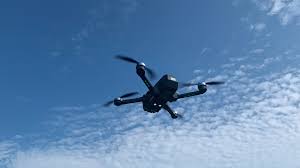
4. Drones: The New Vanguard of Anti-Armor Warfare
Where tanks are stopped by dragon’s teeth, it is Ukraine’s expanding aerial armada of drones that delivers the lethal punch. Inexpensive first-person-view (FPV) kamikaze drones that cost up to $300 have been attributed with destroying multi-million-dollar tanks (even a small drone that only costs $300 can destroy a tank). They are often used in conjunction with scouting UAVs, which enable targeted attacks on vehicles stranded at obstacles.
One of the Ukrainian drone commanders described the shift: “We ensured approximately 80% of all targets engaged, from our brigade, are by unmanned systems” (80% of all targets engaged.are by unmanned systems). Their ubiquity has more or less inverted the arithmetic of armored warfare, and renders fixed defenses exponentially riskier to assault.
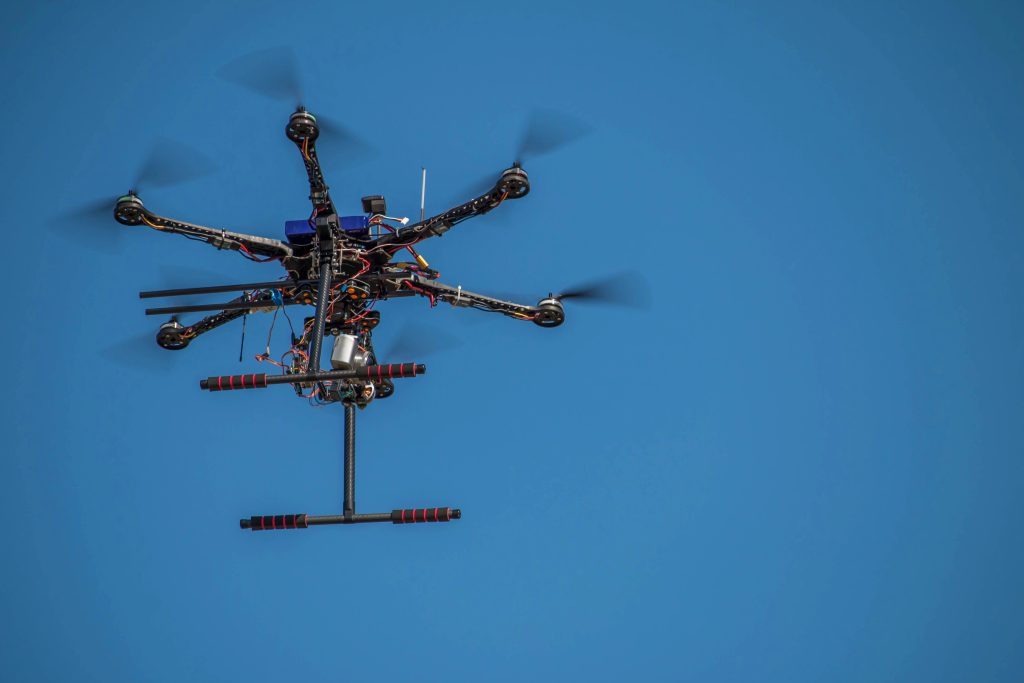
5. The Technological Arms Race: AI, Machine Vision, and Fiber-Optic Drones
Both. Russia and Ukraine are competing to integrate artificial intelligence and machine learning into their drone fleets. While neither has fielded large-scale fully autonomous AI drones as of early June 2025, fiber-optic guidance and machine vision are becoming standard fare (neither Russia nor Ukraine has committed AI/ML drones to action at scale as of early June 2025). These advancements promise drones that are able to detect and lock on targets even when communication is lost.
Ukraine’s new “mother drones” can launch and control several FPV drones to ranges of as much as 300 kilometers, and Russian producers are marketing swarm drones with autonomous target detection. But as a Ukrainian producer cautioned, “the technology for such drones is ‘raw’ and works ‘mediocrely’ on tactical drones used on the front lines.”
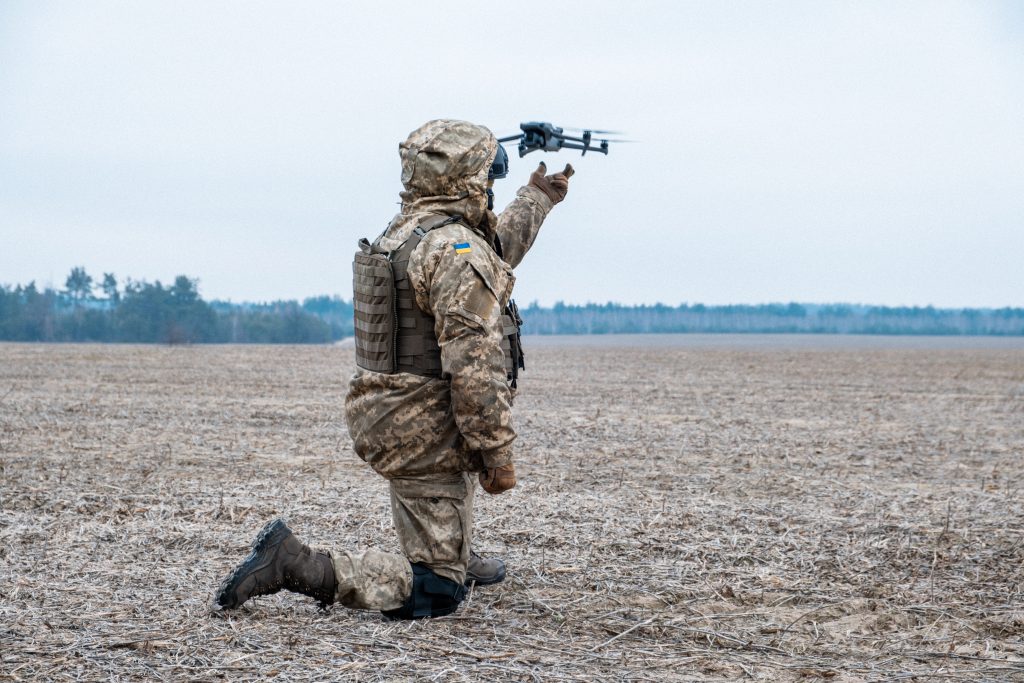
6. The Human Factor: Training, Coordination, and Psychological Impact
Despite the emergence of automation, there remains human talent at the center of operations. Ukrainian drone operators have lengthy training, often converting civilian drones to military applications and flying in close coordination with spotters and gun crews. The psychological effect on Russian crews awareness that any idling truck would be a drone target is immeasurable.
As in previous fortifications, the morale and discipline of the defense are as significant as the obstacles (the lesson derived by accurate, long-range fire from the defenses). In today’s day and age, the synthesis of engineering and human creativity continues to decide victory on the battlefield.
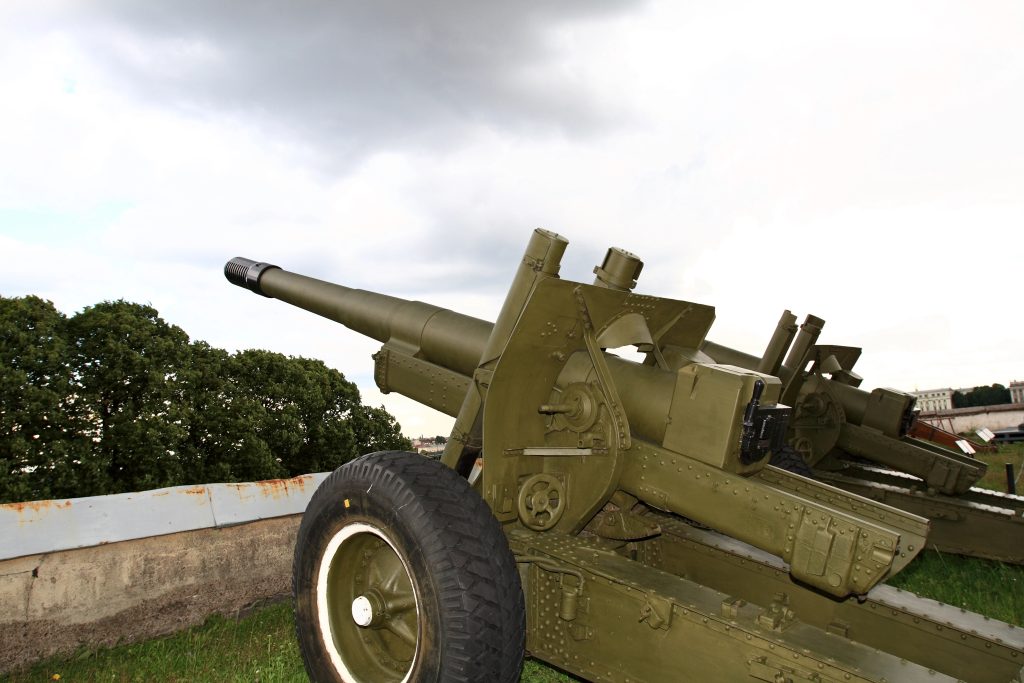
7. The Limits of Static Defenses: Adaptation and Countermeasures
History has shown that every problem has an answer. During WWII, there were methods engineers devised to counter dragon’s teeth, from bulldozing earth on top of them to using explosive charges (engineers to lower the blocks quite easily). In Ukraine, Russian forces have managed to go around or destroy obstacles sometimes, especially if they are not well-defended or integrated into a defense system.
Modern attackers employ electronic warfare, precision artillery, and even drones of their own to suppress fixed lines. This requires layered, adaptive defense made up of physical barriers intermixed with active surveillance and rapid response.
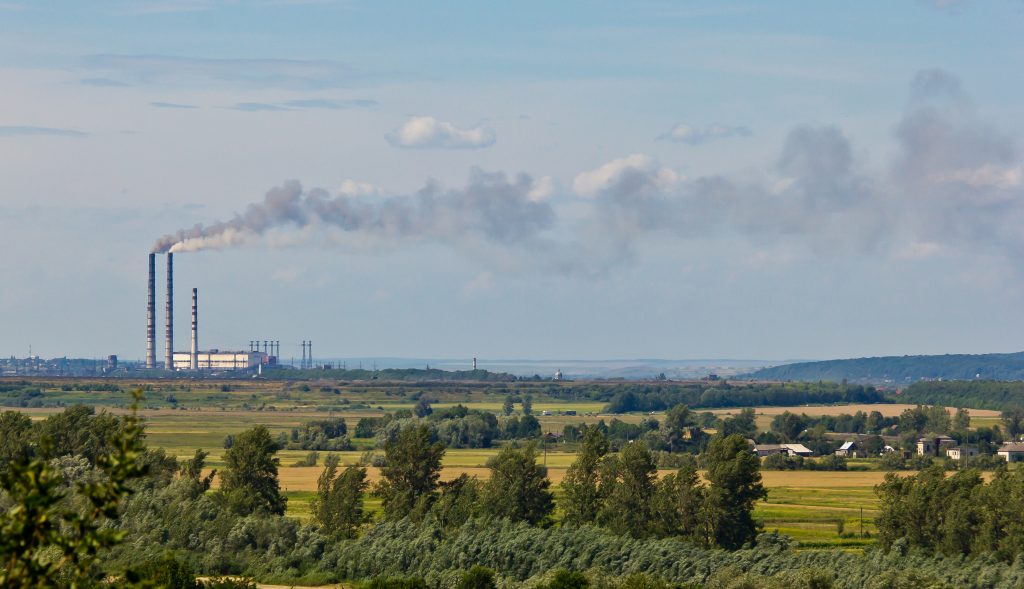
8. Mass Production and Involvement of Civilians: The Drone Economy
Ukraine’s “Army of Drones” initiative has involved the military, but also the civilian sector and volunteers. By late 2024, Ukrainian factories were producing between 15,000 FPV drones per month, with local production of frames, motors, and electronics rapidly accelerating (production had risen to 12-15 thousand FPV drones per month). This amateur-led initiative mirrors mass production of defensive barriers like dragon’s teeth, which suggests a national effort to counter Russian adaptation.
The speed and intensity of drone production in Ukraine have no equivalent, with new technologies and methods being researched both in the factory and on the front lines.

9. The Future: Toward Autonomous, Integrated Defenses
In the future, AI, cloud-based battle management systems, and swarm warfare can further transform defense warfare. Ukraine’s Delta battlefield situational awareness system already supports real-time coordination among drone squadrons, artillery, and infantry (Delta system is an end-to-end cloud-computing software). Russian efforts to centralize drone development and construct digital command networks signal the same transformation.
But as each side rushes to put more clever, more independent machines into combat, the enduring lesson remains still this one: the greatest defenses are those which unite the greatest achievements of technology, engineering, and human resolve.

The battlefields of Ukraine in 2025 serve as a sobering reminder of the enduring value of the great engineering of the past and of the relentless tempo of technological advance. Dragon’s teeth, the WWII symbols of defense, now line up shoulder to shoulder with AI drones and computer command networks. For historians and defense professionals alike, the mixing of old and new not only decides the outcome of battles today but offers a glimpse at how wars in the future will be waged where concrete and code, imagination and improvisation, will decide the fate of armies.

